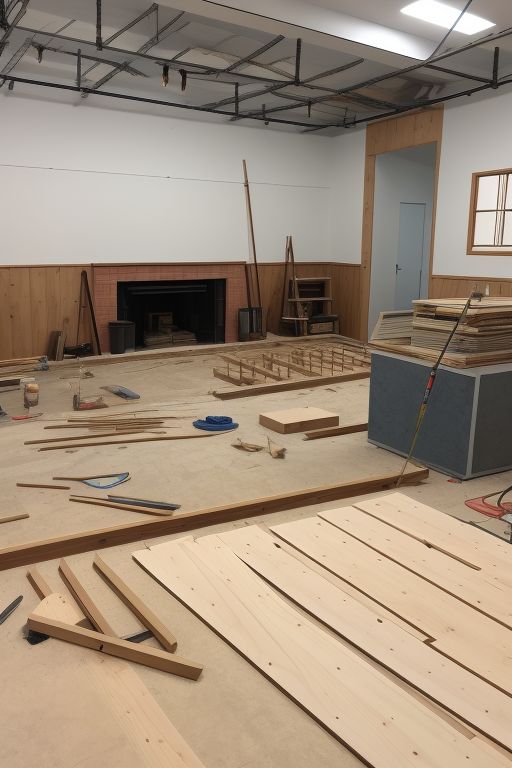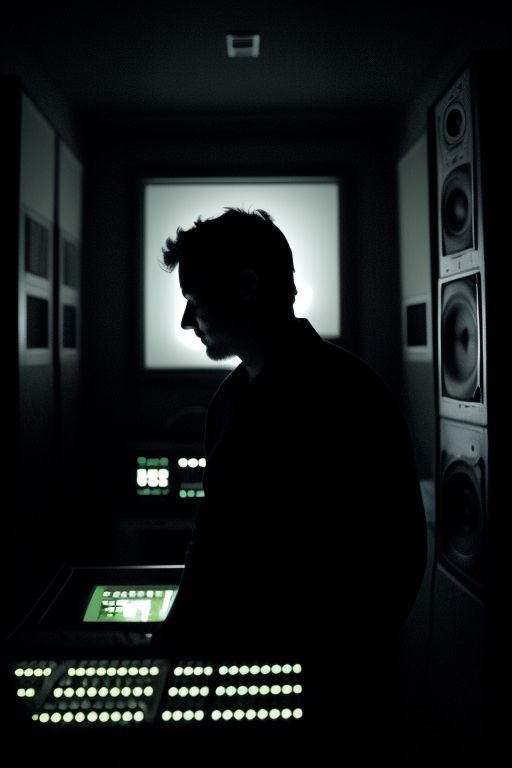A Set Designer plays a pivotal role in the creation of visual environments for theater, film, television, and live events. Their job is to conceptualize, design, and oversee the construction of sets that enhance the storytelling and create immersive experiences for the audience. This article delves into the diverse responsibilities of a Set Designer, highlighting their significance, required skills, and the impact they have on the overall production.
The Role of a Set Designer
A Set Designer is responsible for designing and creating the physical surroundings in which the action of a production takes place. They work closely with directors, producers, and other members of the creative team to ensure that the set reflects the story’s themes, setting, and mood. Here’s a detailed look at their key responsibilities:
- Pre-Production Planning
- Script Analysis: The Set Designer reads and analyzes the script to understand the story, setting, and specific scene requirements. This helps them determine the design elements needed for each scene.
- Concept Development: They develop initial design concepts, often creating sketches, models, or digital renderings to visualize the set. This involves researching the period, location, and overall aesthetic of the production.
- Collaboration: The Set Designer collaborates with the director, production designer, costume designer, and other key personnel to ensure that all visual elements are cohesive and support the director’s vision.
- Design and Creation
- Detailed Drawings: The Set Designer creates detailed drawings and plans for the set, including floor plans, elevations, and construction details. These plans guide the construction team in building the set.
- Material Selection: They select appropriate materials for the set construction, considering factors such as durability, cost, and visual impact. This may involve sourcing props, furniture, and other set pieces.
- Model Making: They may create scale models of the set to help visualize the space and make any necessary adjustments before full-scale construction begins.
- Construction and Installation
- Supervision: The Set Designer oversees the construction and installation of the set, working closely with carpenters, painters, and other craftspeople. They ensure that the set is built according to their specifications and that it meets safety standards.
- Problem-Solving: They address any issues that arise during construction, making adjustments as needed to stay within budget and meet production deadlines.
- Detailing: Once the set is constructed, the Set Designer adds finishing touches, such as painting, distressing, or adding props, to ensure the set looks authentic and believable.
- Production Support
- Rehearsals: The Set Designer may attend rehearsals to see how the set works in practice and make any necessary adjustments to improve functionality or aesthetics.
- Maintenance: They ensure that the set is maintained throughout the production run, addressing any damage or wear and tear that occurs during use.
- Post-Production Wrap-Up
- Set Strike: After the production concludes, the Set Designer oversees the dismantling and storage or disposal of the set. They ensure that all materials are handled appropriately and that any reusable items are preserved for future use.
- Evaluation: They may participate in post-production evaluations to discuss what worked well and what could be improved for future projects.
Key Skills Required for a Set Designer
Being an effective Set Designer requires a combination of creative talent, technical skills, and strong organizational abilities. Here are some of the most critical skills needed:
- Creativity: Set Designers must have a strong creative vision and the ability to translate that vision into tangible designs that enhance the story.
- Technical Proficiency: Knowledge of construction techniques, materials, drafting, and design software is essential for creating detailed plans and overseeing set construction.
- Research Skills: The ability to conduct thorough research into different time periods, cultures, and styles is crucial for designing sets that are accurate and believable.
- Attention to Detail: Precision and attention to detail are vital for ensuring that sets are well-crafted and meet the aesthetic requirements of the production.
- Communication and Collaboration: Effective communication with directors, producers, and the construction team is necessary to ensure that everyone is aligned with the set design vision.
- Budget Management: The ability to manage a budget efficiently ensures that high-quality sets are produced without overspending.
The Impact of a Set Designer
The work of a Set Designer significantly impacts the visual storytelling and overall production quality. Here are some ways they make a significant impact:
- Atmosphere and Mood: Sets help create the atmosphere and mood of the story, enhancing the audience’s emotional engagement.
- Character and Story Development: Sets provide context for the characters and story, helping to establish the setting and time period.
- Visual Continuity: Well-designed sets ensure visual continuity throughout the production, making the story more believable and immersive.
- Functionality: Functional sets allow actors to move and perform naturally, enhancing the overall performance quality.
The Set Designer’s Workflow
To understand the role of a Set Designer, it’s essential to look at their workflow in detail, from pre-production to post-production.
- Pre-Production Phase
- Script Analysis: The Set Designer reads and analyzes the script to understand the story and setting.
- Concept Development: They create initial design concepts and visualizations.
- Collaboration: They work with the director and other key personnel to ensure visual cohesion.
- Design and Creation Phase
- Detailed Drawings: The Set Designer creates detailed plans and drawings for the set.
- Material Selection: They select materials and source props and furniture.
- Model Making: They may create scale models to visualize the set.
- Construction and Installation Phase
- Supervision: The Set Designer oversees the construction and installation of the set.
- Problem-Solving: They address any issues that arise during construction.
- Detailing: They add finishing touches to ensure the set looks authentic.
- Production Phase
- Rehearsals: The Set Designer attends rehearsals to make adjustments as needed.
- Maintenance: They ensure the set is maintained throughout the production run.
- Post-Production Phase
- Set Strike: The Set Designer oversees the dismantling and storage of the set.
- Evaluation: They participate in evaluations to discuss improvements for future projects.
Real-World Examples of Set Designers
To illustrate the impact and responsibilities of Set Designers, let’s look at some real-world examples:
- Film Production
- Set Designer’s Role: In film, the Set Designer works closely with the director and production designer to create sets that reflect the story and setting. They ensure that sets look good on camera and meet the technical requirements of filming.
- Challenges: Film productions often involve complex and varied sets, requiring detailed planning and coordination to maintain continuity and quality.
- Theater
- Set Designer’s Role: In theater, the Set Designer creates sets that can be seen from a distance and must be practical for live performances. They ensure that sets are durable and can be changed quickly during performances.
- Challenges: Theater productions require sets that are visible and impactful from all angles, often necessitating creative solutions to space and visibility issues.
- Television Series
- Set Designer’s Role: For television series, the Set Designer must manage a large number of sets for different episodes, ensuring consistency and continuity across the series.
- Challenges: Television productions often have tight schedules and budgets, requiring efficient management and creative problem-solving.
- Live Events
- Set Designer’s Role: In live events, such as concerts or award shows, the Set Designer creates visually stunning and functional sets that enhance the event experience.
- Challenges: Live events require sets that are both visually impressive and practical, allowing for quick changes and seamless transitions.
Conclusion
The role of a Set Designer is multifaceted and essential to the success of any production. Set Designers are the creative professionals who bring environments to life, enhancing the storytelling and visual impact of the production. Their responsibilities span research, design, construction, and maintenance, requiring a unique blend of skills and expertise.
Set Designers play a crucial role in ensuring that the physical surroundings of a production are believable, immersive, and visually appealing. Their work enhances the narrative, engages the audience, and ensures that the production runs smoothly and efficiently.





